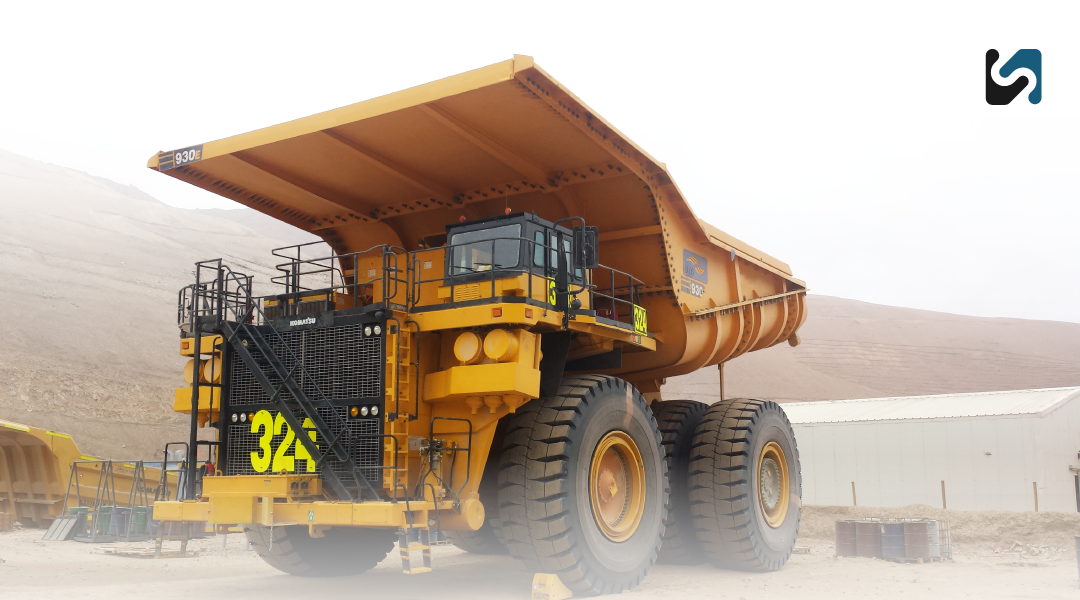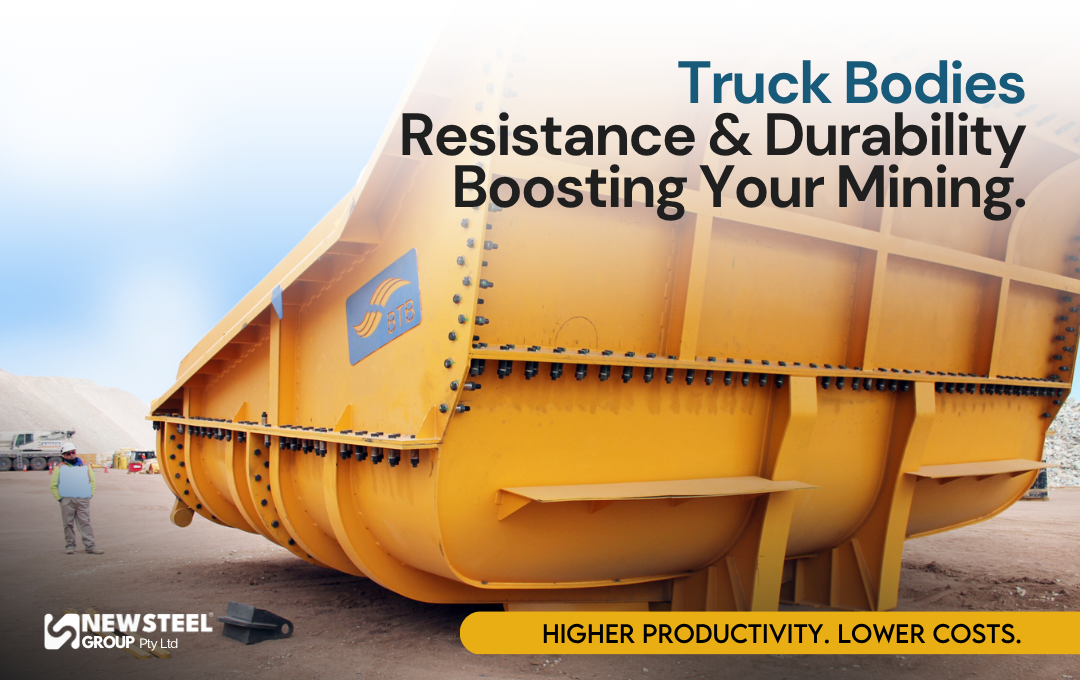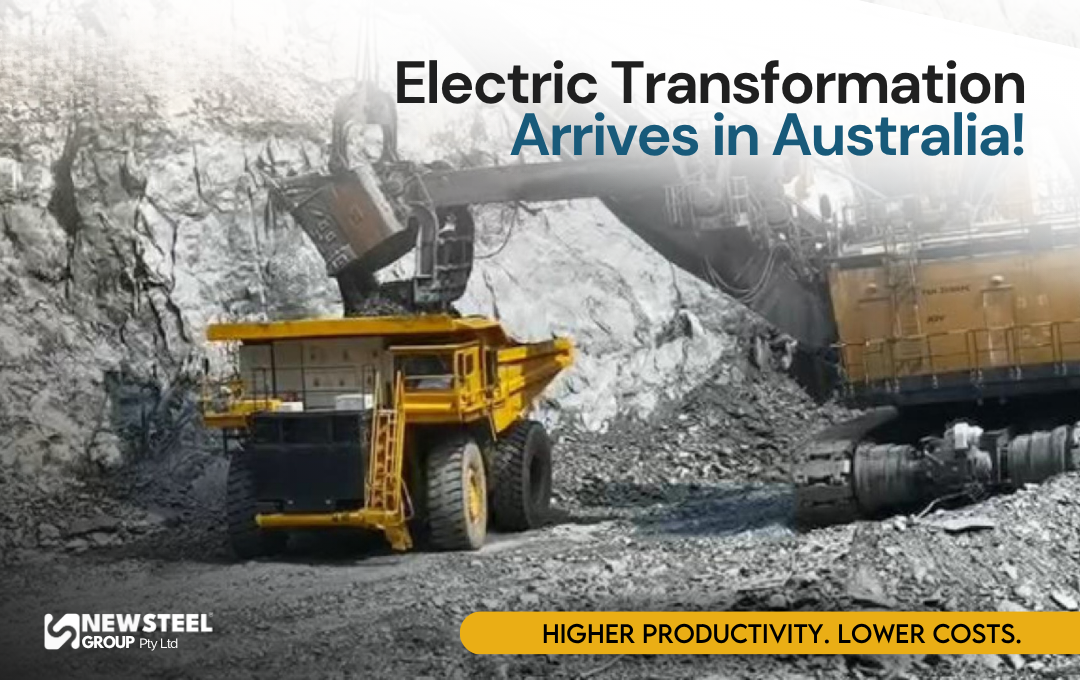Strategies for Reducing Mining’s Environmental Impact

The mining sector is undergoing a major transformation. With increasing pressure from regulations, investors, and rising fuel costs, companies are prioritizing sustainability strategies to maintain competitiveness. Reducing mining’s environmental impact is no longer a long-term objective—it’s an urgent business imperative.
Many companies are already optimizing energy consumption, switching to electric fleets, and adopting waste reduction strategies. Those that fail to act will soon face operational challenges, as sustainability shifts from an advantage to an industry standard.
3 Key Strategies for Reducing Mining’s Environmental Impact
1. Replacing Diesel with Electric Fleets
Electrification is one of the most effective solutions for reducing mining’s environmental impact. By converting diesel trucks into fully electric vehicles, companies significantly lower fuel costs, reduce emissions, and improve long-term profitability.
Mining operations that have adopted electric fleets report significant cost reductions and enhanced efficiency. This transition is not just about compliance—it’s about securing long-term economic stability while aligning with global sustainability goals.
Fuel costs represent a substantial portion of mining expenses. Transitioning to electric trucks eliminates this dependency, offering immediate financial savings while meeting stricter environmental regulations. Several companies are already making the shift—here’s why.
2. Powering Operations with Renewable Energy
Mining is an energy-intensive industry, heavily reliant on fossil fuels. To mitigate this, companies are increasingly turning to renewable energy sources, incorporating solar, wind, and hydroelectric power to stabilize costs and improve sustainability.
Operations in remote locations are also adopting microgrids and battery storage, ensuring a stable and cost-effective energy supply while reducing reliance on fossil fuels. This shift is proving to be a game-changer, improving both operational resilience and environmental performance. Discover how leading mining operations are leveraging renewable energy.
3. Smarter Waste and Water Management
Beyond energy and fleet electrification, reducing mining’s environmental impact also requires better waste and water management practices. The industry is adopting:
- Water recycling technologies to reduce freshwater consumption.
- Efficient tailings management to prevent environmental damage.
- Advanced material recovery solutions that optimize resource use and reduce waste.
These innovations not only enhance sustainability but also provide long-term operational benefits. Companies that prioritize responsible waste management will be better positioned to comply with stricter environmental regulations while maintaining profitability.
Sustainability is No Longer a Choice—It’s the Standard
For years, mining companies viewed sustainability as a future priority. Now, it is the defining factor for long-term success. Governments worldwide are tightening environmental regulations, and investors are shifting toward businesses that prioritize sustainability and innovation.
Companies that fail to adapt will struggle with higher costs, operational risks, and reduced investor confidence. Those that embrace sustainability will secure greater efficiency, cost savings, and long-term profitability.
At NewSteel, we help mining companies accelerate this transition with 100% electric truck conversion technology. Our solutions eliminate diesel dependence, reduce emissions, and optimize costs—without requiring a full fleet replacement.
Electrification is no longer a trend—it is the new reality in mining. The question is: Will your company seize the advantage or risk obsolescence?
📩 Let’s talk about how electrification can transform your operations. Connect with us on LinkedIn or explore our latest innovations on Instagram. You can also reach us directly via WhatsApp.
























